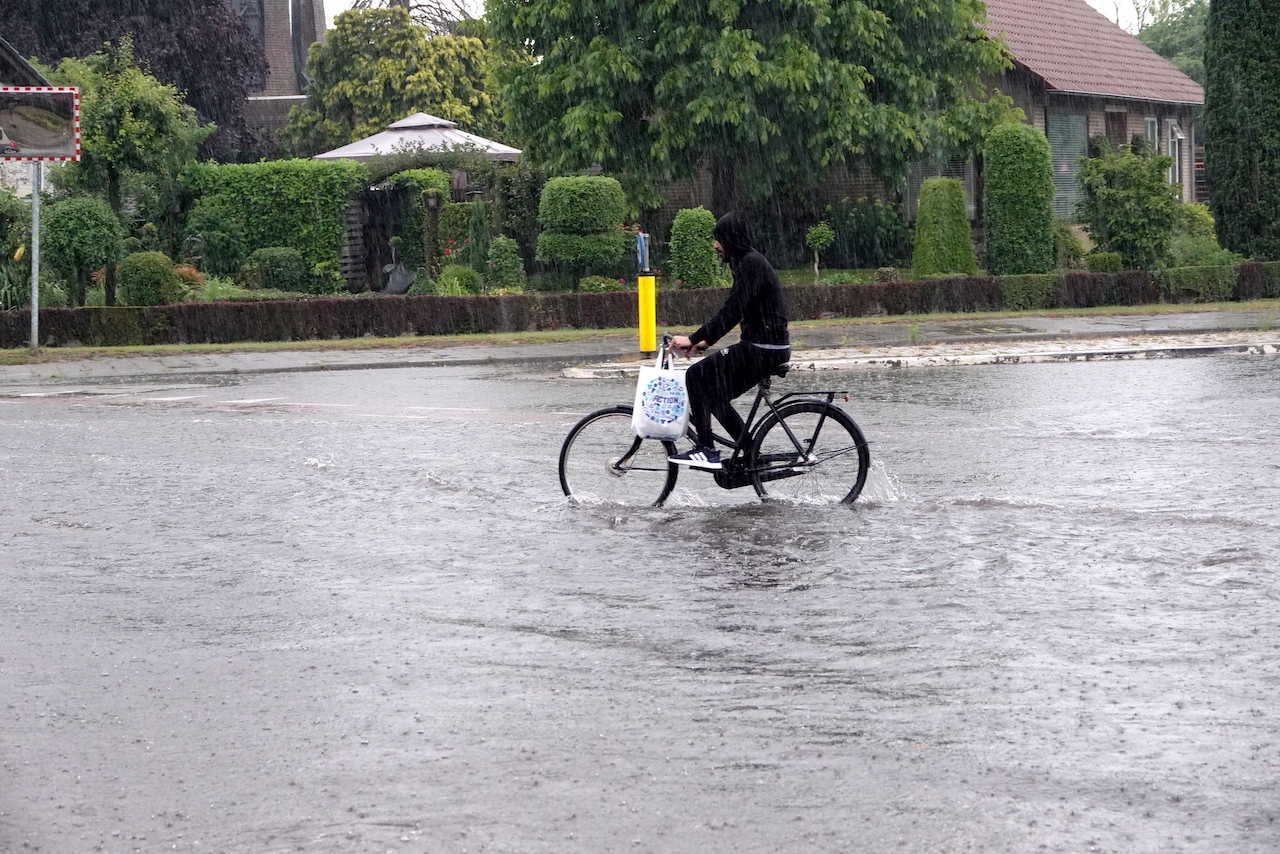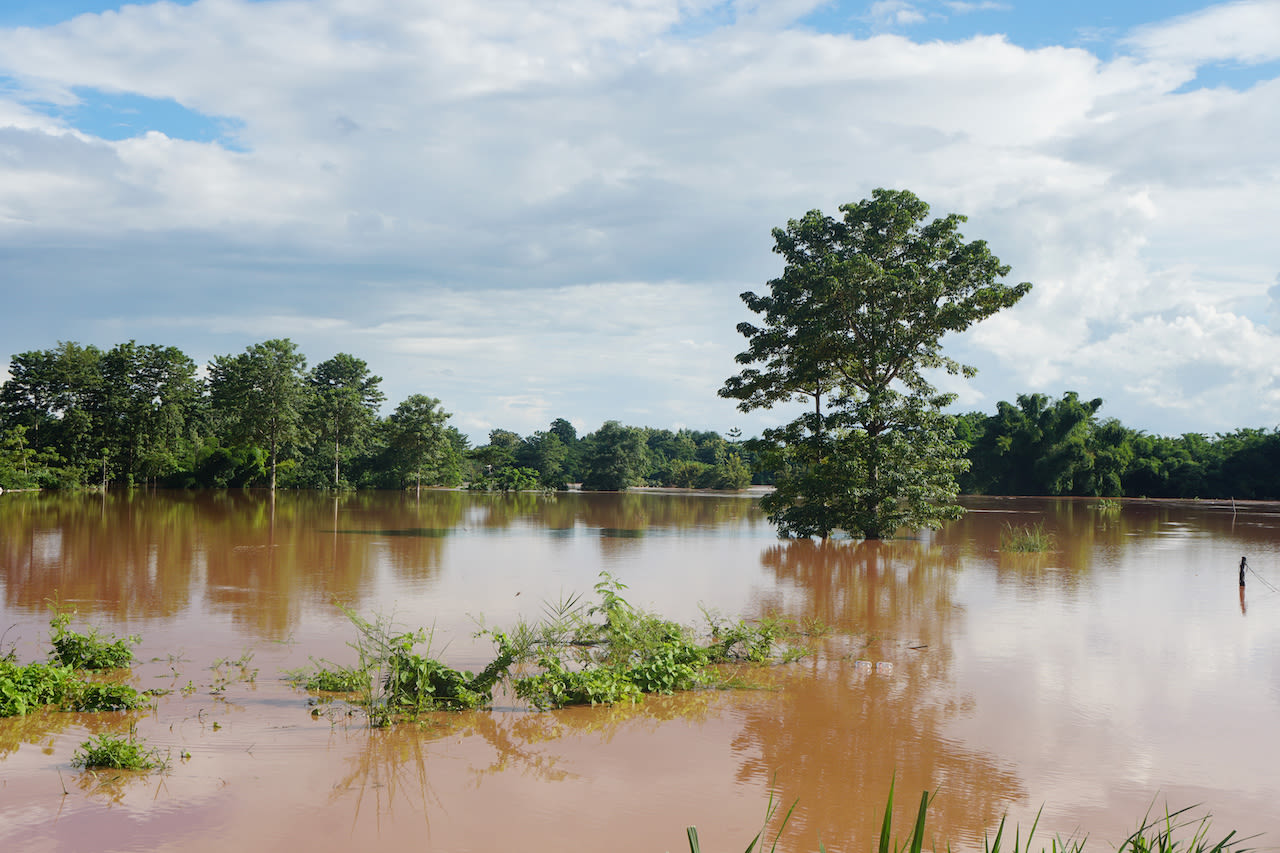
This is the effect of El Nino on the weather in the Netherlands
Earth is currently experiencing an El Nino weather phenomenon. The normal global weather is undergoing a major change. Areas that are normally dry and cold around the equator are now becoming wetter and warmer, while droughts are increasing in other areas. But does El Nino also affect the weather in the Netherlands?
The greatest impact of El Niño is seen in countries around the equator. One of the consequences is that it will become warmer and wetter along the coast of the United States, especially in Central America and Peru. Severe droughts often occur during El Niño in countries such as Zimbabwe and southern Madagascar. It will be significantly drier in Indonesia, the Philippines and Australia as rain moves mainly over the Pacific Ocean.
El Nino causes more forest fires in some countries. Photo: Adobe Stock/toa555
Another effect is that hurricane activity is decreasing in the Atlantic Ocean, but more hurricanes are forming in the Pacific Ocean. Guam, Japan and Taiwan are therefore more likely to experience natural disasters, while China and the Philippines are less prone to typhoons. This is because the water off the coast is cooler there.
Read more about what El Niño is and what the effects of this natural phenomenon are.
Flooding is also a result of El Niño. Photo: Adobe Stock/Montrey
What does it mean for the Netherlands?
Changes in the weather around the equator certainly affect the weather beyond the equator. Remnants of hurricanes in the Atlantic Ocean often move from North America to Europe, thus affecting the weather in our country. Sometimes this results in very stormy autumn weather, when remnants move across our country. Then the sometimes cold and changeable period begins.
If the remnants of the cyclone move north of Iceland or Scandinavia, a warm southerly current often rises with us. And then we enjoy the late summer weather. With fewer tornadoes, we’ll be dealing with fewer tornado remnants in our area in the fall. This may result in a tight westerly circulation over our country, resulting in an autumn climate with normal temperatures. In addition, there are less frequent pronounced cold or warm periods.
However, the correlation between El Niño and Europe’s weather remains weak. Some trends can be discerned from the statistics. During El Nino, eastern Spain often becomes drier and warmer in winter and spring. Spring will be wetter than average in southern England, northern France, the Benelux and Germany.
Rainy weather. Photo: Jolanda Baker
El Niño’s Nat Netherlands lenses
In the past, spring in the Netherlands has always been wetter than usual after an El Niño winter, and research from the KNMI shows this correlation. After the strong El Nino of the winter of 1997-1998, we experienced a wet spring. The most recent and very strong El Niño of the 2015-2016 winter was followed by a slightly wetter spring. 193 mm against the usual 173 mm. Not just spring, but the entire first half of 2016 was particularly wet. Only in 1998 was it slightly wet.
Also read: This is the impact of its La Nina counterpart on the weather in the Netherlands
Yet the capriciousness of the Dutch weather outweighs the impact of El Niño. This may be related to the strength of El Nino. For example, the winter of 2019-2020 was followed by a very weak El Niño followed by an exceptionally dry and sunny spring on record. It had an unprecedented rainfall deficit. The previous year, after a very weak El Niño, there was normal rainfall.
In short: the chance of a wetter spring after an El Niño winter is higher than average, but that doesn’t mean the spring has to be wet. Additionally, the amount of rainfall does not tell us anything about the duration of the rainfall. Many people find a wet spring with heavy rain and lots of sun in between to be more pleasant than a gray and cold spring.

“Coffee fanatic. Friendly zombie aficionado. Devoted pop culture practitioner. Evil travel advocate. Typical organizer.”


